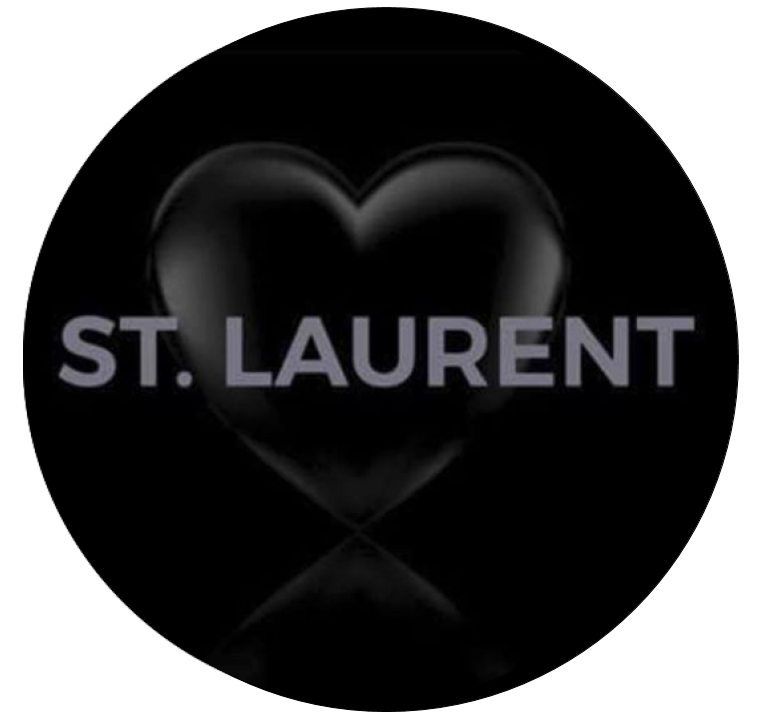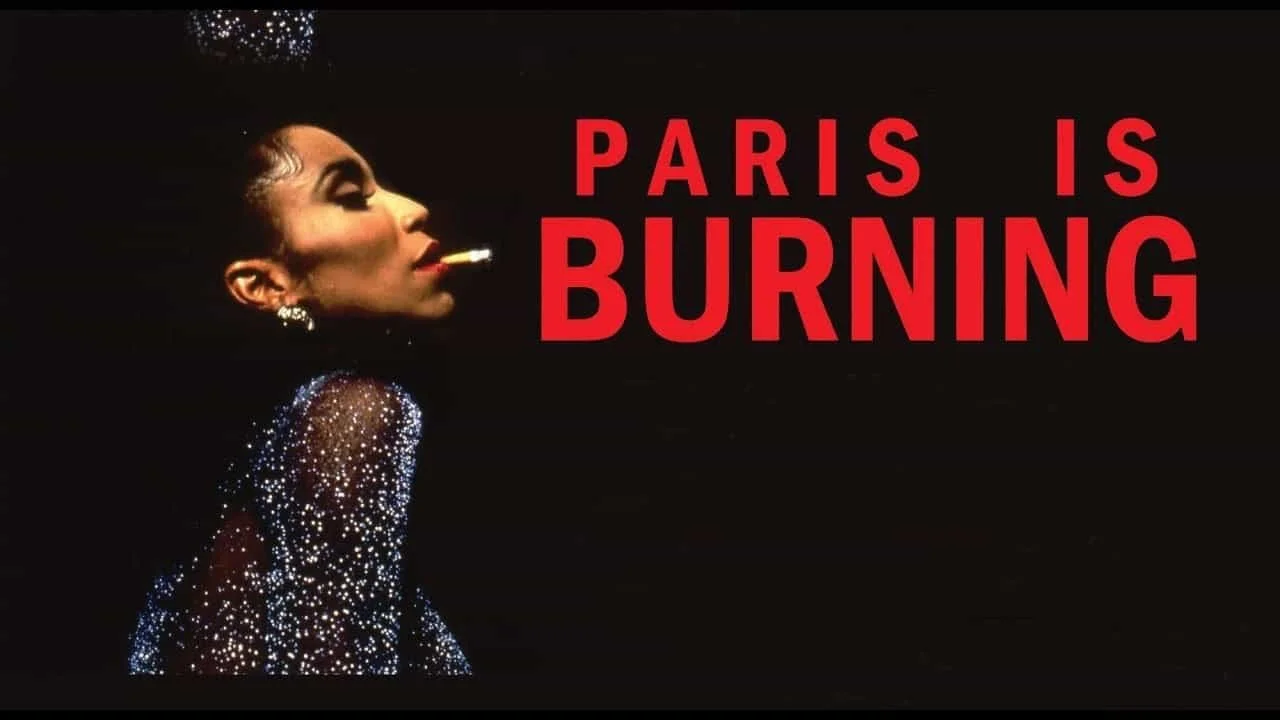The "Paris is Burning" Series: An Introduction
Promotional image of the film’s cast
Welcome at long last to my Paris is Burning series! This is a project that I’ve been wanting to tackle ever since I launched my blog a few years back. Back when I was a freshman, my college friends invited me over to a kickback at someone’s dorm, where they were playing Paris is Burning. I remember falling in love with all of the wonderful individuals interviewed, as well as the world they created for themselves in the heart of Harlem. As the years went by, I continued to watch and rewatch this film whenever I came by it, still never getting enough of its earnestness and joie de vivre.
But as time went by, I realized how many questions the film left me with. This film is a fantastic 101 course on ballroom culture for those who’ve never heard of it, but it made me curious about everything else that the film didn’t have time to teach me in its 1 hour 16 minute runtime. I wanted to know more about the individuals in the film, how the ballroom circuit was developed, where it is to this day, and so much more. And as I did my research, I realized I wasn’t the only fan of this film who hungered for more details. That’s when I decided to dedicate a section of my blog to sharing what I’ve learned.
This introductory article will include answers to the most common questions I hear when discussing this film. And the rest of my articles in the series will cover other topics, misconceptions and curiosities about the film in great detail. To see all of my upcoming article topics, please visit the menu button below.
What is Paris is Burning About?
Image Source: The Criterion Collection
Paris is Burning is a 1990 film by director Jennie Livingston, that documented the Harlem ballroom circuit over six years. Since its original release 30 years ago, the film has acted as a capsule of the 1980s era of the subculture and to this day is considered a staple in LGBT cinema.
The terms ballroom circuit and ball culture refer to the underground African-American and Latin-American LGBT subculture that originated in Harlem in the ‘70s, where “houses,” which consisted of found families, competed in balls, which were events where members from the different houses could compete against one another for trophies and accolades.
One style of event that was common was called “walking in a category.” Category themes would be announced ahead of time, and competitors would do their best to both look and act the part of said theme. For example, if the category was Military, competitors would prepare by purchasing/crafting realistic Military garments, and pair that with a walk, stance and attitude of a military soldier. If the category was Schoolgirl/Schoolboy, competitors might dress in garments that looked like private school uniforms and carry books and a backpack across the runway, doing their best impersonation of a student who is late to class. And so on, and so forth. The competitor who best captures the essence of the category and is most convincing to the judges wins.
Another popular style of ball event was voguing competitions. Voguing is a style of dance created by the trailblazers of the ballroom circuit, in which the performer mimics exaggerated and stylish poses found in the pages of magazines like Vogue, to the beat of uptempo music.
Being that the houses were filled to the brim with fashion designers, models, dancers and drag performers, most house members had something to contribute to the balls. The teamwork and camaraderie in the houses were always vital not only to their success in the balls, but also through tough times.
Paris is Burning’s cast of house mothers and house children captured the attitude of the time and vibrancy of the culture in a way that really sticks in viewers minds for years to come. They not only fill the film with witty catchphrases that people still quote to this day, but also words of wisdom and incredible insight as to what was going on in that community, good and bad around that period. The film casts a light on issues the community faced such as racism and discrimination, the displacement of LGBT youth by their families and the devastating effects of AIDS.
The film has gained fans over multiple generations, and garnered over a dozen awards including the Grand Jury Prize Documentary at the Sundance Film Festival in 1991, and the award for Outstanding Documentary at the GLAAD Media Awards in 1992. And most importantly, it’s kept many from this generation informed about the hardships, sacrifices and strength of those who came before, and the paths they paved for not only themselves, but the African-American and Latin-American LGBT youth of today.
What does Paris is Burning Mean?
Paris is Burning archival event flier
One of the most asked about aspects of the film is the origin of its title. The film obviously does not take place in Paris, and the only flame seen in the film is the one Venus uses to light her cigarette. So what does the phrase Paris is Burning have to do with this film about the ballroom circuit?
There is a long history behind the phrase “Paris is burning,” dating all the way back to World War II. In 1944, Adolf Hitler instructed military governor of Paris, Dietrich von Choltitz to destroy all of the city's culturally significant landmarks. A week later, he called Choltitz to ask “Brennt Paris?” which translates to “Is Paris burning?”
In 1966, a book and film about Paris’ 1944 liberation were released, both named Is Paris Burning? And to this day, spin-offs of the phrase still get used in pop culture. Some use it to reference its original meaning, while others have turned it into an expression. Take for instance, St. Vincent’s song “Paris is Burning,” which is about the events of WWII, and Ladyhawke’s song of the same name, which removes the deeper meaning and uses the play on words to describe partying and falling in love in the city of light.
In the case of the film, 1990’s Paris is Burning was named after the 1986 ball hosted by mother of the House of Dupree, Paris. While Paris Dupree was not interviewed in the film, she can be seen voguing on the ballroom floor and announcing various categories. (To learn more about Paris Dupree and her influence on the ball community, please visit my corresponding article.) I’ve yet to find a source that explicitly says whether Dupree named the ball after the events of WWII or the 1966 film, but it’s also possible that she just used the phrase because it was a fun play on words that included her own name.
Burning as a concept can mean a lot of different things. “Burning someone” is slang for greatly insulting or shaming them, something queens in the ballroom circuit often did in the form of reading one another. The meaning behind the Talking Heads song “Burning Down the House” has been explained by frontman David Byrne as “a metaphor for destroying something safe that entrapped you. I envisioned the song as an expression of liberation, to break free from whatever was holding you back.” And in many ways, that captures the essence of how ball culture was formed. Individuals were feeling trapped by the injustices they faced as gay people, trans people and people of color, so they banded together to forge a community where they could be freer to express themselves and pursue their interests.
While a definitive meaning behind the phrase in relation to Paris’ ball hasn’t yet been declared once and for all, I do think that we have a clue about the meaning, in regards to how Willi Ninja used the title of the event to describe the impact he wanted his house to make globally:
“[Voguing is] starting to make a name for itself, but I want it to be known worldwide and I want to be on top of it when it hits. I want to take voguing not to just Paris is Burning, but I want to take it to the real Paris and make the real Paris burn.”
Does Ballroom Culture Still Exist?
I’m happy to say that to this day, ballroom culture is alive and well! While house members of yesteryear often claim that the overall vibe and execution of the balls are different than they were in the ‘80s and ‘90s, they still feature many classic categories, dancers still vogue, and the houses still possess strong familial bonds.
Many of the houses mentioned in the film still exist to this day and thrive. Several of the surviving cast members of Paris is Burning still do interviews and talks on the film, and have been featured in/consulted for the Ryan Murphy show about the ballroom scene, “Pose.” House Mother Willi Ninja got his wish that The House of Ninja now has presence in Japan. The House of St. Laurent has since merged with the House of Melody in Europe. And many current house members have found mainstream success, which I’ll be discussing in greater detail in one of my upcoming articles. In the meantime, I’ve included links to the current Facebook pages of four of the houses featured in the film.
Where Can I Watch Paris is Burning?
Luckily for us, Silvio Zuco has uploaded the film to YouTube. I have included the video below. The film is also available to rent or purchase on iTunes, and easily accessible on DVD or Blue-Ray thanks to The Criterion Collection, which released a new addition of the film that includes multiple commentary features, trailers, and an interview with the cast on The Joan Rivers Show. I found it to be worth every penny. It can be purchased on The Criterion Colection website or at the Amazon link below.
For fans who revisit the film often, I recommend purchasing it for yourself as YouTube is notorious for removing uploads of the film, and it’s no longer available to stream on Netflix and Prime Video like it once was. I’m not sure if the rights to the film, interest in the film or the Criterion Collection release are what is causing this particular shift, but I wholeheartedly hope that this film becomes more accessible with time.
What My Series Covers
My series will run the gamut in terms of talking points about Paris is Burning. Not only will do I plan to create biography articles for each cast member in the film, but we’re going to delve into the film’s past and talk about the lesser-known pageant scene that preceded the ball scene and how Paris is Burning came to be. We will also look into the impact that the film and ball culture in general has had on pop culture: How this subculture inspired a Madonna song, “RuPaul’s Drag Race” and the FX show “Pose.” And finally I will get into commonly asked hard-hitting topics such as why this film has gained a reputation for being controversial. I want to talk about it all. So I hope you’ll join me on my quest to learn it, and learn it well.
Who Am I?
SYDNEY YAEKO
Writer
I am a 29-year-old Asian-American woman living in Connecticut, by way of San Francisco. I am a lifetime ally to the LGBT community and have a great amount of respect for LGBT and queer culture.
By publishing this series, I am not claiming to be any sort of authority on the subjects or communities discussed. Instead my intention is to delve into greater research of ballroom culture and use my platform to share my findings. The most important goal of this series is to accurately present information and opinions provided by those who were actually a part of/witness to the events discussed. And I sincerely hope I can do all parties involved great justice.
How To Follow The Series
The best way to follow this series is by subscribing to my email newsletter in the form below titled. With those newsletter updates, you will receive early access to my Paris is Burning articles! But for those who aren’t a fan of emails, I will update my Instagram as my Paris is Burning articles become available to the public. I hope you’ll join me on this journey to learn more about this very important film and subculture, and I wish you happy reading!








